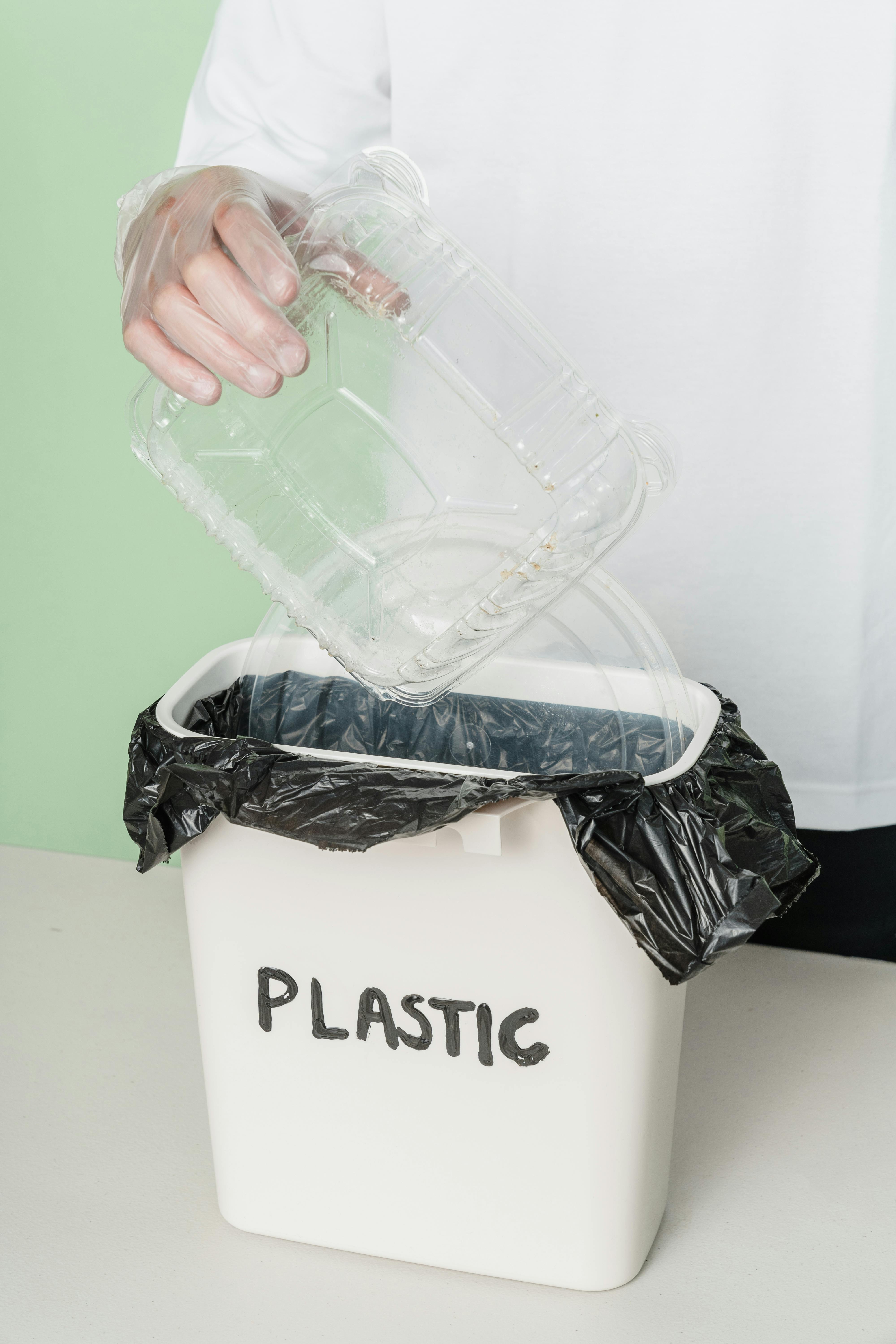
Introduction: Unraveling The Polystyrene Dilemma
Polystyrene, a commonly seen but often mismanaged waste product, has rapidly become a pressing global environmental concern. Considering its widespread use in packaging materials, food containers, and various household items, the problem of disposing of polystyrene effectively is not one to be ignored. With this compelling issue at hand, understanding the proper protocols for polystyrene disposal and recycling is essential. This practical guide is destined to help you navigate the intricacies of polystyrene disposal and recycling and outlines environmentally-friendly methods you need to know.
The Polystyrene Problem: Understanding the Consequence
The polystyrene issue stems primarily from its non-biodegradable nature. Given the significant environmental repercussions, it's hardly surprising that this material has come under the scanner. While polystyrene is 98% air and has incredible insulation properties, it's a major contributor to landfill volume due to its inability to decompose naturally in the environment. This leads to significant spatial issues in landfill sites, as the non-degradable polystyrene continues to accumulate and take up valuable space.
The Green Solution: Disposing of Polystyrene
Disposing of polystyrene in an environment-friendly manner might sound like an arduous task, but several effective methods have emerged. One option is to break down the polystyrene into smaller chunks, making it easier to dispose of. For large blocks of polystyrene, certain firms offer specialised machines that can compact or densify the material, reducing its volume significantly.
Alternatively, you can reach out to local recycling centers to find out if they accept polystyrene. Keep in mind, though, polystyrene used for food packaging is often tainted with residue, making it more challenging to recycle. Therefore, it's advisable to clean polystyrene thoroughly before handing it over for recycling.
Embracing the Reuse Approach: Creative Ways to Reuse Polystyrene
A more innovative solution to the polystyrene problem is to reuse it. With a bit of creativity, this perceived waste can turn into a useful resource. For instance, broken polystyrene can serve as a lightweight filler for DIY garden projects like creating raised beds, building greenhouses, or filling garden pots. Moreover, you can take advantage of the excellent insulation properties of polystyrene for various home projects.
Be Part of the Solution: Support Polystyrene Reduction Initiatives
The crusade against polystyrene waste goes beyond individual actions. Supporting efforts to minimize polystyrene production is equally valuable. Encourage businesses to switch to biodegradable alternatives for packaging and promote environment-friendly initiatives whenever you can. The more we become aware of our consumption habits and take conscious steps to reduce waste, the better our chances of resolving the polystyrene predicament.
Conclusion: Embrace Responsible Polystyrene Disposal and Recycling Practices
Recognizing the impact of improper polystyrene management is the first step towards an eco-friendly solution. By committing to responsible disposal methods, recycling, reusing, and advocating for less polystyrene usage, we can contribute significantly to effectively confronting this environmental challenge. Stay informed, be creative, remain alert, and let’s all play our part in resolving the polystyrene problem, one step at a time.
While the road towards a polystyrene-free environment is long, it's indeed achievable. With consistent efforts and heightened awareness, we're gradually inching closer to a future where the polystyrene problem becomes a thing of the past. Meanwhile, let's do our bit – dispose of, recycle, and reuse polystyrene responsibly. Every step matters in this collective journey towards a healthier environment.